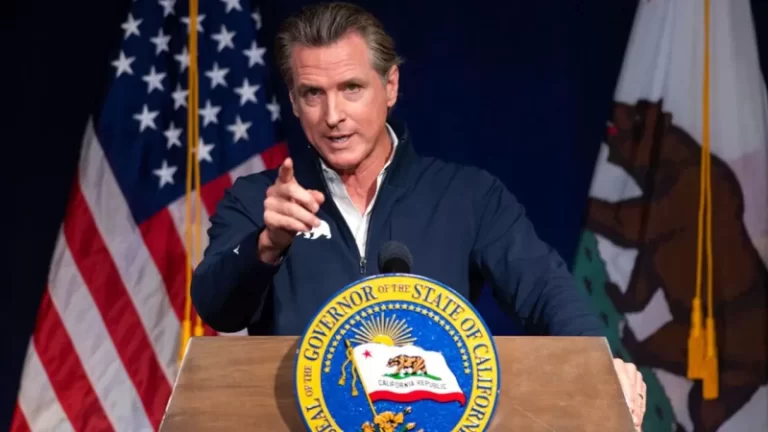California’s COVID-19 state of emergency officially ended Tuesday, nearly three years after Democrat Gov. Gavin Newsom issued the nation’s first statewide stay-at-home order.
The official end will likely have no effect on the state’s nearly 40 million residents as the governor has already lifted most of the state’s restrictions, like requiring masks, closing beaches and forcing many businesses to close.
‘California is better prepared and that’s because we have a serious Legislature and the health ecosystem in California is second to none in the country,’ Newsom said in a statement.
The governor proclaimed a state of emergency on March 4, 2020. At that point, there were only 53 known cases of COVID-19 in the state.
Newsom has used his authority to make sure all of California’s local governments had restrictions in place during the pandemic – even threatening to cut funding to some cities that refused to enforce them.
The pandemic strained California’s health care system, which has yet to fully recover. Last year, Newsom signed a budget that would spend $200 million to help public health departments hire more workers. This year, he’s proposing cutting nearly $50 million in public health workforce training programs to cover a projected budget deficit.
Fox News Digital has reached out to the governor’s office for further comment.
Similar declarations now exist in just seven states, including Colorado, New Mexico, Texas, Illinois, Georgia, Delaware and Rhode Island.
All states except Illinois are expected to see their emergency orders rescinded next month unless otherwise extended, according to the National Academy for State Health Policy.
President Joe Biden announced last month that the federal government will end its own state of emergency on May 11.
The Associated Press contributed to this report.

